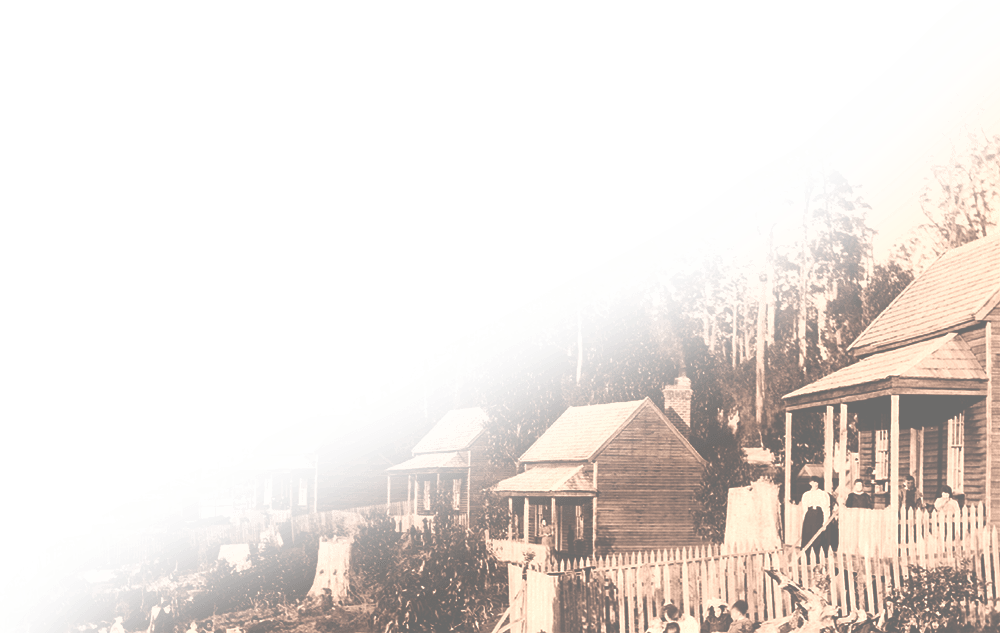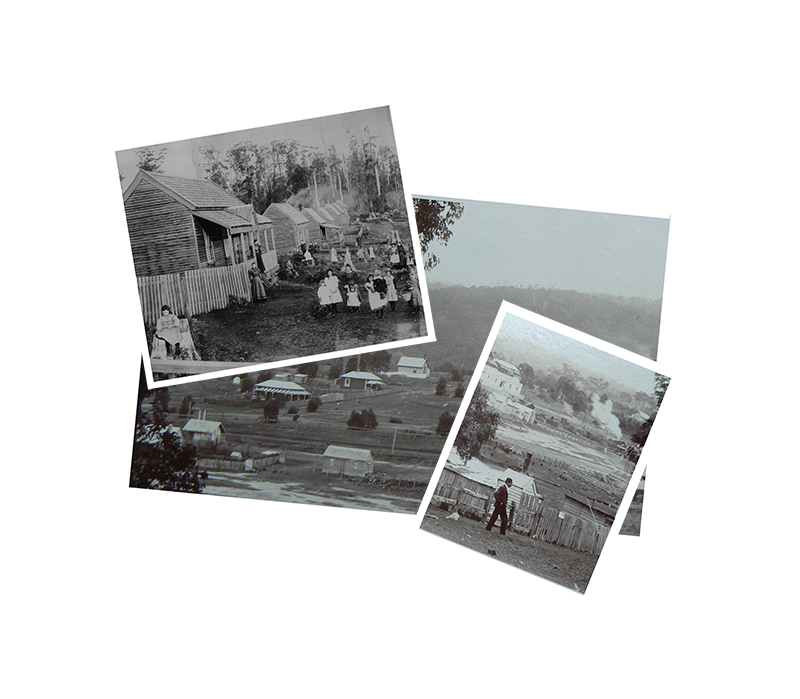WANDONG HISTORY GROUP INC.
WANDONG HISTORY GROUP INC.
Wandong, more than just a town
Wandong, more than just a town


Wandong, more than just a town
When Hamilton Hume and William Hovell embarked on their expedition from New South Wales to Corio Bay, Victoria in 1824, little did they realise the indelible mark their journey would leave upon the landscape. Charting their journey south and west of the Great Dividing Range they mapped the various features of the landscape. Their attempts to traverse the dense forest of the Plenty Ranges expecting to view the ocean is now legendary in their naming of the mountain peak – Mt. Disappointment. Their diarised journey of northern Victoria records the difficulties experienced with the flesh of both man and beast being cut as they tried to trek through the thick undergrowth of wire grass or ‘ímpenetralle brush’ as they referred to it. With their progress hampered, the explorers sought an alternative route returning to the King Parrot Creek before descending to the Sunday Creek and travelling south again through what eventually became the township of Wandong north of the Big Hill at Bylands.
During their journey the explorers recorded the terrain as having a high granite mountain covered in lofty good timber, of rich open country leading toward the range while beyond the small wet reeded plains to the south eventually lead them on to Port Phillip’s Corio Bay.
Hume and Hovell’s journey signposted the course of settlement with all three districts in the Port Phillip colony being proclaimed while the north-east area was divided into three runs – ‘The Dean (Dene), ‘Running Creek’ and ‘’Clonbinane’. The Duffy Land Act of 1862 gradually unlocked land previously occupied by squatters and in 1875 Allotment 1 of Section C of Crown Land, in the Parish of Bylands, (County of Dalhousie) was purchased by Patrick Morphett marking the beginning of the Wandong township.
Through successive ownership changes during the mid-1880s, Allotment 1A and 2A of C eventually became the hub of the Robertson sawmill industrial complex. Arriving around 1884, Robertson established his residence, store and office on Allotment 1A of C, constructed a tramway line linking his sawmills at Mt. Disappointment to the Wandong Railway Station and depot; introduced a revolutionary fireproofing material manufacturing plant (terra cotta lumber) on the Kilmore/Epping Road; acquired the Australasian rights to an improved method for seasoning of timber, established kilns and drying sheds along the Dry Creek; built a number houses for his employees as well as the catholic church, the Wandong Coffee Palace and Railway Restaurant. In addition, he built a series of sawmills in the forests of Mt. Disappointment as well as a village settlement of over 300 people at the Comet Mill. Wandong became a thriving township consisting of a General Store, Post Office, Baker, Blacksmiths, Police Station, Stables and a hotel – the Traveller’s Rest. The town became inextricably linked to the development of Marvellous Melbourne through its industrial activities, a role that is yet to be explored or acknowledged. While Kilmore retains its mantle as Victoria’s oldest inland settled town; Wandong became the industrial centre of the district, a global exporter and a significant contributor to the construction of many of Melbourne’s high rise buildings.
Come and explore the development of the Wandong township from the mid-1880s through our vast image gallery and engage with our earliest pioneers as we build upon their stories. With 2024 being the 200th year anniversary of Hume and Hovell’s journey of discovery through our township we welcome new ideas on how best to mark this occasion.
To read more about the journey of Hume and Hovell click here

Recording and Preserving Our Past



